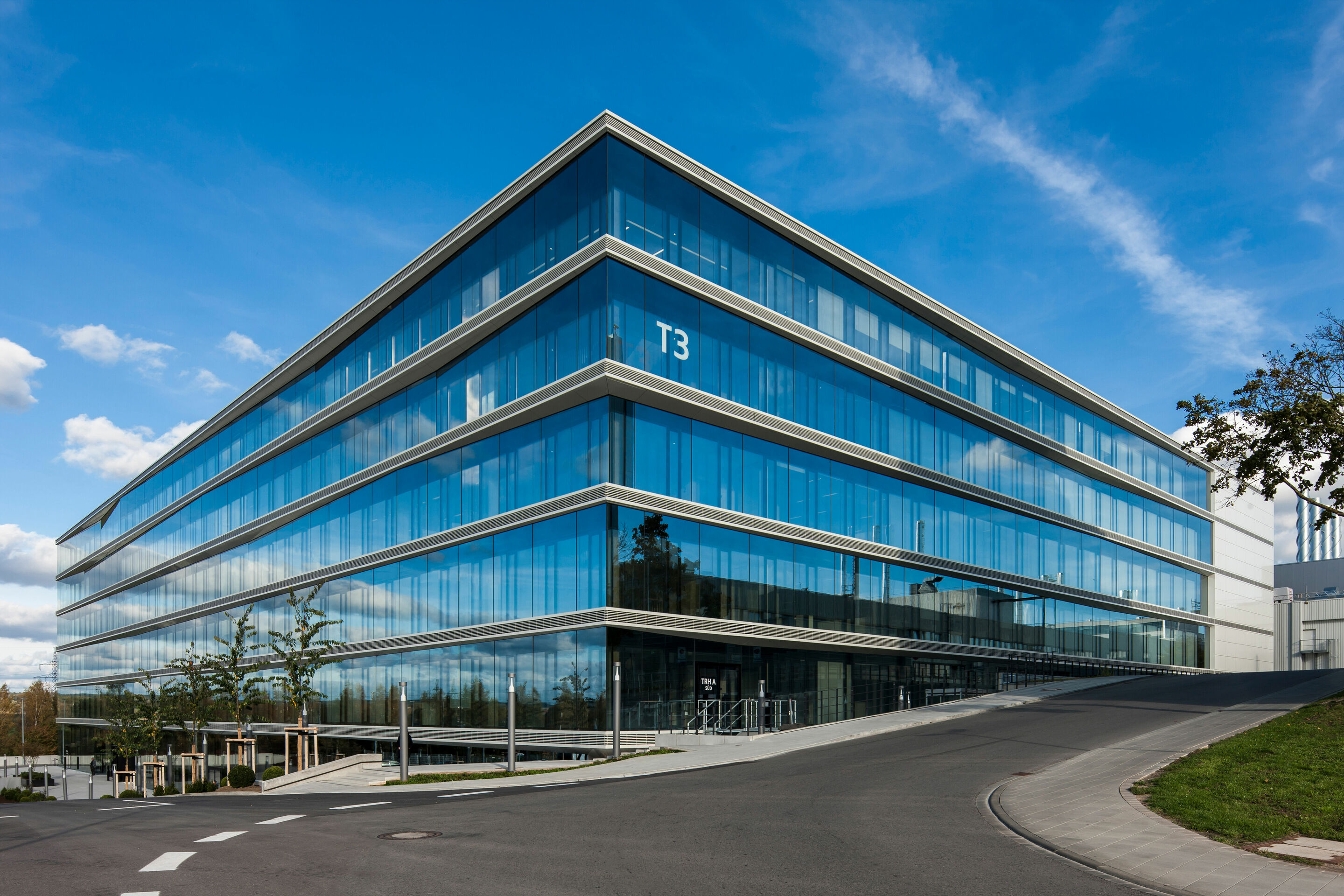New design language, new design process, new Design Center: radical makeover for Audi design
Back to overview2017 heralds in a new design era for Audi: The new Audi A7 Sportback is the brand’s sporty face in the luxury class and fulfills the design pledge of the prologue studies. The four-door coupé is the classic example of Audi’s new luxury class design language. At the same time, the brand with the four rings is establishing an innovative design process in the new Audi Design Center in Ingolstadt: digital design manufactory. It combines state-of-the-art CAD and 3-D visualization with traditional handcrafted modeling. The open concept of the new Design Center forms the basis for integrated, cross-disciplinary collaboration.
Consumption figures for the Audi A7 Sportback 55 TFSI quattro S tronic:
Combined fuel consumption in l/100 km: 7.2 – 6.8* (32.7 – 34.6 US mpg)
Combined CO2 emissions in g/km: 163 – 154* (262.3 – 247.8 g/mi)
The new Audi A7 Sportback impresses with its athletic aesthetics and dynamic body line. The sweeping, taut roof line combines the sporty dimensions of a coupé with the generous space and everyday usability of the tried-and-trusted Sportback concept. “The four-door Gran Turismo with its sculptural design embodies Audi’s progressiveness and dynamism,” says Marc Lichte, Head of Design at AUDI AG.
The new design language uses large surfaces, sharp edges and minimal trim elements. As such, the Audi A7 uncompromisingly fulfills the design pledge of the prologue studies. Design and technology are fused much more in the automobile’s overall design thanks to the new design language. The Audi A7 Sportback is a prime example of how to fulfill the brand pledge “Vorsprung durch Technik” even more intensely as part of the design.
For the design language of the future, Audi is establishing a new, innovative design process in the new Design Center in Ingolstadt: digital design manufactory. It combines the advantages of state-of-the-art 3-D visualization with the strengths of the classic modeler’s handcrafted finish. Thanks to powerful computing clusters, the Audi design team can increasingly assess the design digitally. The use of 3-D visualization substantially enhances decision-making reliability when assessing the design.
The continual adjustments between digital CAD model and clay model thus ensure significantly greater process assurance. Design modifications can be visualized in real time and transferred rapidly to a physical 1:1 model.
3-D visualization entails real-time representations where all physical characteristics (reflection, refraction, light and shade effects) can be displayed realistically. The result is coherent design concepts which are convincing thanks to their harmonious proportions and details.
The Audi design process is made up of five key steps: The portfolio phase kicks off the process, followed by the initial design phase. After the draft phase the particular vehicle design is set up fully digitally in the digital design phase and presented as a 1:1-scale clay reference model. In the last stage – the manufacture design phase – clay and CAD modelers create a physical handcrafted clay model with all the details of a possible series-production design.
Individual steps in detail: The design of a new model begins by specifying the portfolio. This represents a possible model family and range of variants for a model line as a scale model. The initial design phase follows where the designers coordinate early on and closely with colleagues from Technical Vehicle Development. Together they compare the technical requirements, such as the position of radar sensors, against the design requirements and check their feasibility. This development stage provides a sound foundation for all subsequent stages. The next work step, the digital design phase, lies at the heart of the new design process – here the designers use the very latest high-end visualization tools and milling machines for modern clay model making. Finally, in the manufacture design phase, the Audi modelers shape together the final surfaces and details of the future series-production design as part of precision analog and digital work.
In addition to wide-ranging visualization methods through to head-mounted displays (HMDs), other digital development tools will make inroads into Audi Design in future, thus further bolstering the knowledge sharing between designers, modelers and technical developers. At the same time, manual work on the model remains an indispensable skill, which lends the Audi design the final level of maturity and coherent overall impression.
The equipment, data and prices specified in this document refer to the model range offered in Germany. Subject to change without notice; errors and omissions excepted. Standaufnahme,
